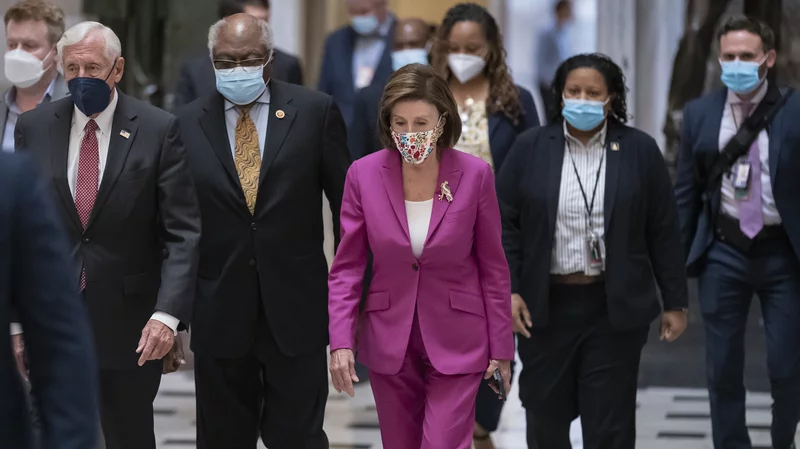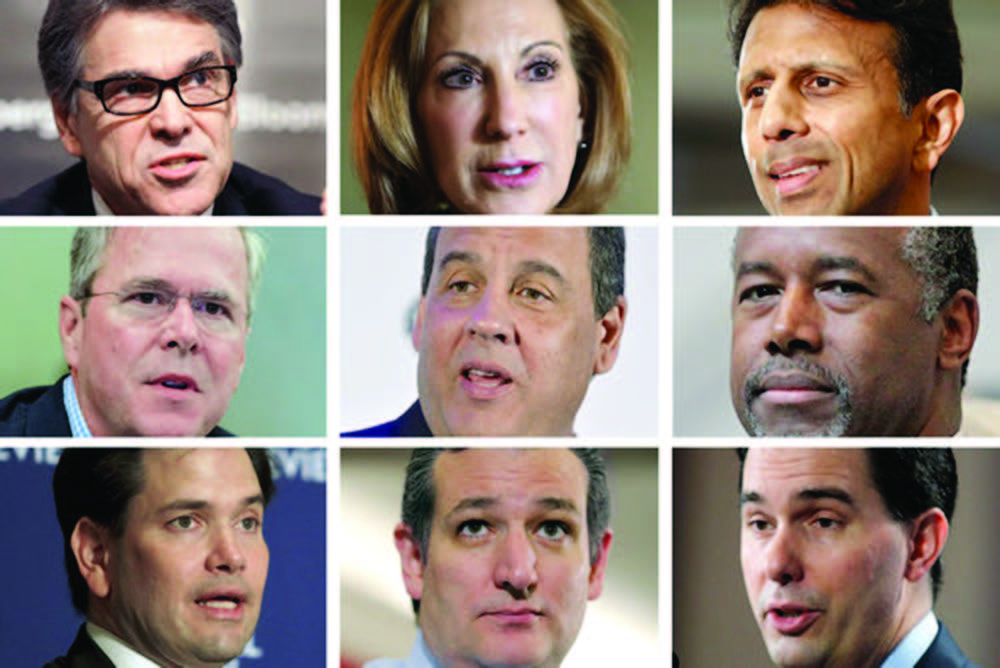
House Approves $1.2 trillion infrastructure bill in the bipartisan 228-206 vote
I.S. Saluja
WASHINGTON, D.C. (TIP): After months of intense debate between Democrats’ warring factions, House Speaker Nancy Pelosi (D-Calif.) on Friday, November 5, secured passage of an approximately $1.2 trillion infrastructure bill to upgrade the nation’s roads, bridges, pipes, ports, broadband, and other public works. The bipartisan 228-206 vote marked the final milestone for the first of two pieces in the president’s sprawling economic agenda. The outcome sends to Biden’s desk a sprawling initiative that promises to deliver its benefits to all 50 states, a manifestation of the president’s 2020 campaign pledge to rejuvenate the economy in the aftermath of the coronavirus and “build back better.” The infrastructure proposal, nearly half of which constitutes new spending, marks one of the most significant investments in the country’s infrastructure since Congress responded to the Great Recession. It seeds new funding in the hopes of delivering urgently needed fixes to the country’s outdated inner-workings while setting the U.S. on track to tackle more intractable future challenges, including the fast-worsening climate crisis. The bill includes more than $110 billion to replace and repair roads, bridges and highways, and $66 billion to boost rail, making it the most substantial such investment in the country’s passenger and commercial network since the creation of Amtrak about half a century ago. Lawmakers provided $55 billion to improve the nation’s water supply and replace lead pipes, $60 billion to modernize the power grid and billions in additional sums to expand speedy Internet access nationwide.
Many of the investments aim to promote green energy and combat some of the country’s worst sources of pollution. At Biden’s behest, for example, lawmakers approved $7.5 billion to build out a national network of vehicle charging stations. Reflecting the deadly, costly consequences of global warming, the package also allocates another roughly $50 billion to respond to emergencies including droughts, wildfires and major storms.
The bill now heads to the White House for Biden’s signature more than two months after Senate lawmakers approved it on a rare and overwhelming 69-30 bipartisan vote. Its success reflected Biden’s considerable toils alongside Democrats and Republicans — including Sens. Kyrsten Sinema (D-Ariz.) and Rob Portman (R-Ohio), two of its lead negotiators. In the end, though, it was the Democratic Party’s unexpected struggles in two key elections Tuesday that provided the most resonant catalyst for action. A loss in Virginia’s gubernatorial race, and a tighter-than-expected victory in the fight for the governor’s mansion in New Jersey, left Democrats reeling and ready to forge ahead on their long-stalled priorities.
Taking to the House floor, some Democrats even appeared to acknowledge that their rare and narrow majority remains at risk unless they can deliver on their wider array of campaign promises before the 2022 midterms. “This legislation will mean that our majority will have delivered a major victory for the American people in a bipartisan way,” House Majority Leader Steny H. Hoyer (D-Md.) said in a speech.
House lawmakers had hoped to adopt the infrastructure bill sooner. But it quickly became a critical bargaining chip in a broader battle between liberal and moderate Democrats over the scope of Biden’s spending vision and the future of the party itself. By holding up infrastructure, liberals hoped to force moderates including Sinema to accept more spending than they otherwise might have as part of a second, still-forming package that aims to overhaul the country’s health care, education, immigration, climate and tax laws.
On one hand, the strategy appeared to work: After months of public sparring, Biden helped marshal a compromise that Democrats later turned into a $2 trillion tax-and-spending plan. That opened the door for House Speaker Nancy Pelosi (D-Calif.) to try to bring both to the floor on Friday — though the process that proved more politically treacherous than first anticipated.
The Senate approved the measure on a bipartisan basis in early August, but the legislation then languished in the House as liberal lawmakers refused to back the measure without assurances that Biden’s broader social spending package would be approved.
The infrastructure package contains $550 billion in entirely new investments, including money for electric-car charging stations and zero-emission school buses. The spending is mostly paid for — without raising taxes. The bulk of the funding comes from repurposing unspent coronavirus relief money and tightening enforcement on reporting gains from cryptocurrency investments. The bill would add about $256 billion to the debt, according to the Congressional Budget Office.
This is how the money will be spent.
$550 billion in new investments
Almost half of the $1.2 trillion package is going toward new investments in transportation, utilities and pollution remediation.
TRANSPORTATION: $284 billion
- Roads & Bridges: $110 billion
- Railroads: $66 billion
- Public Transit: $39 billion
- Airports: 25 billion
- Ports: 17 billion
- Electric Vehicles: $15 billion
- Road Safety: $11 billion
- Reconnecting communities: $1 billion
UTILITIES: $240 billion
- Power Infrastructure: $65 billion
- Broadband: $65 billion
- Water Infrastructure: $55 billion
Resilience: $47 billion
- Western Water Structure: $8 billion
- Pollution Remediation: $21 billion
- Additional $5 billion is made up of small provisions to aid different groups.
(Source: Congressional Budget Office)
(With inputs from Agencies)





Be the first to comment